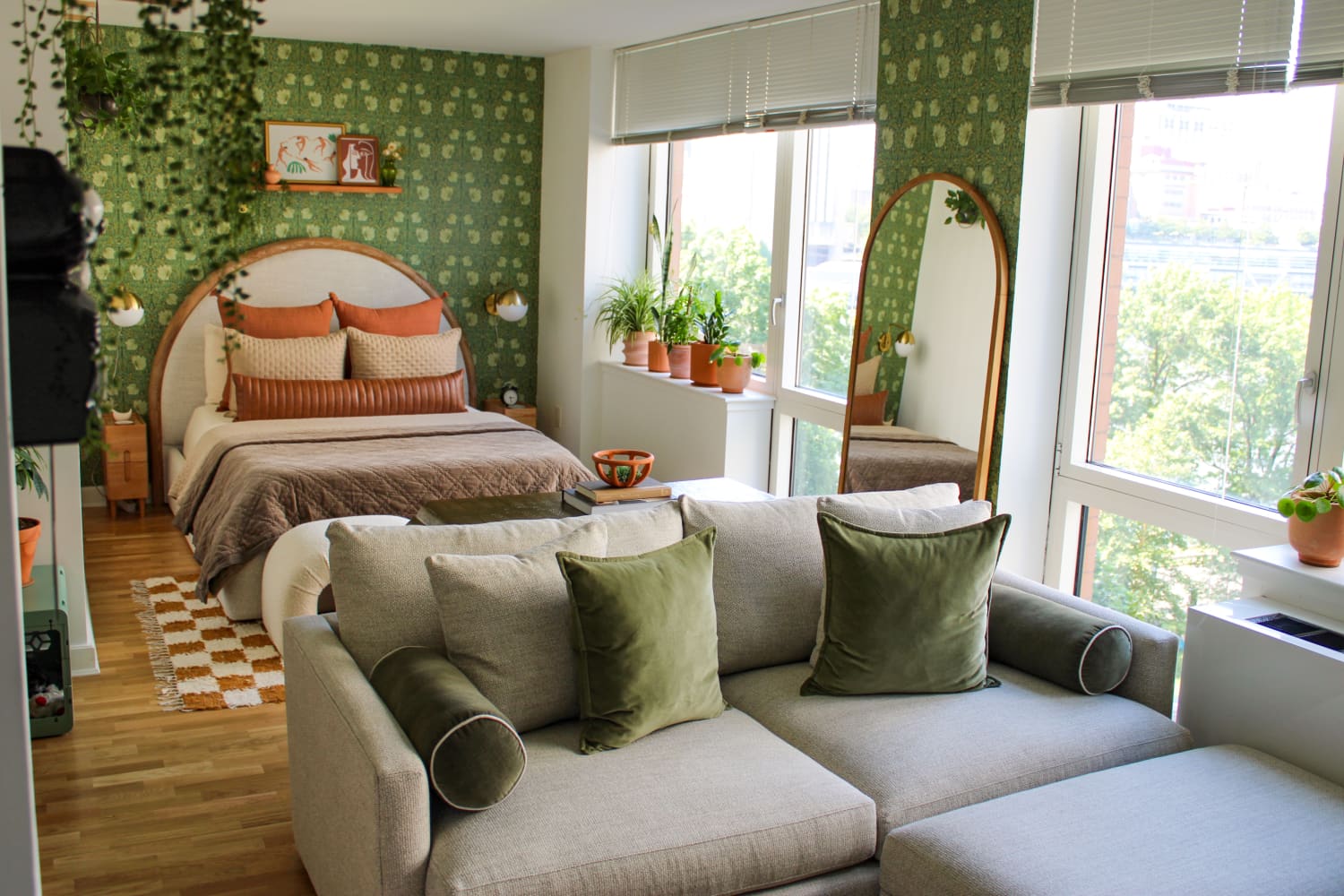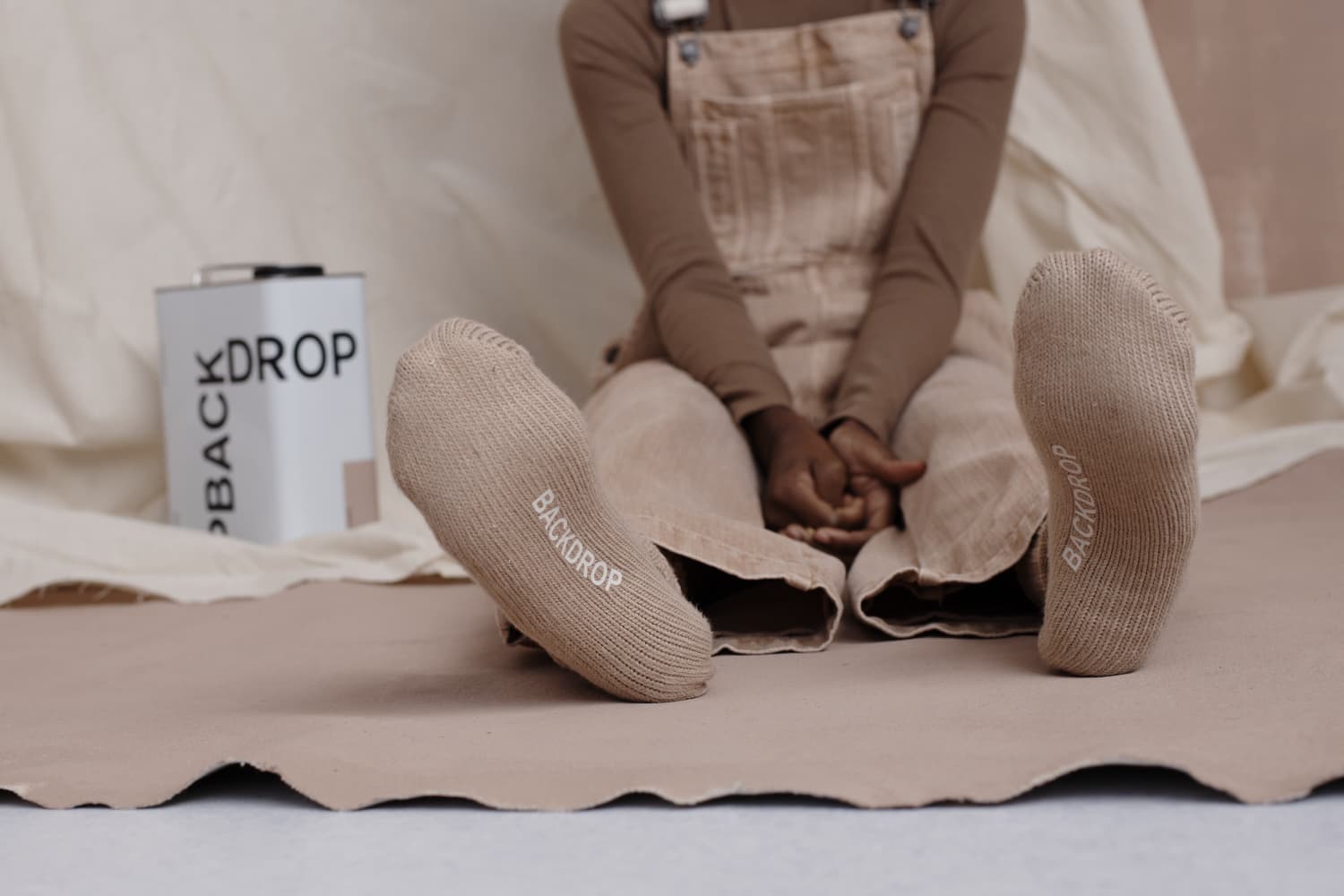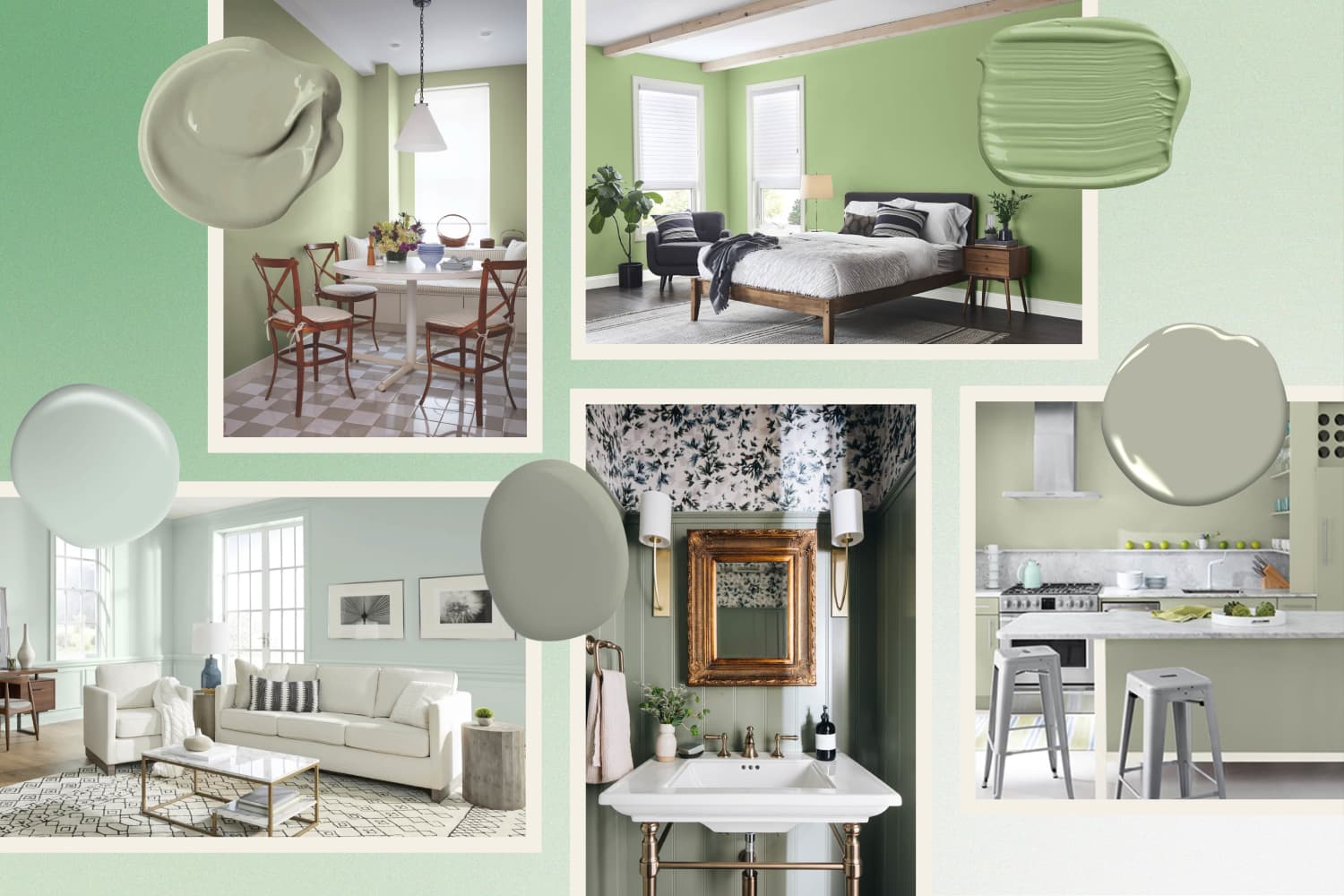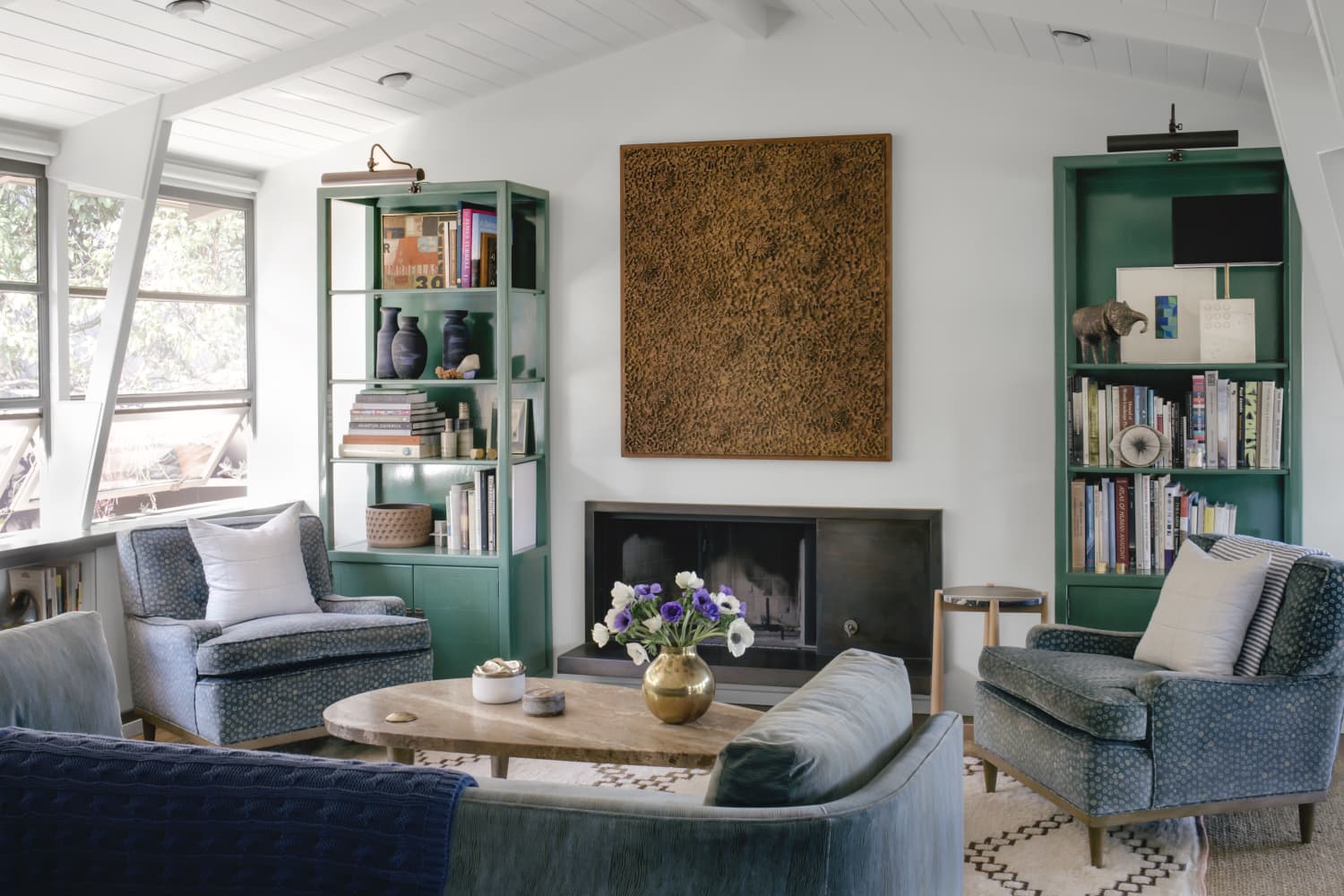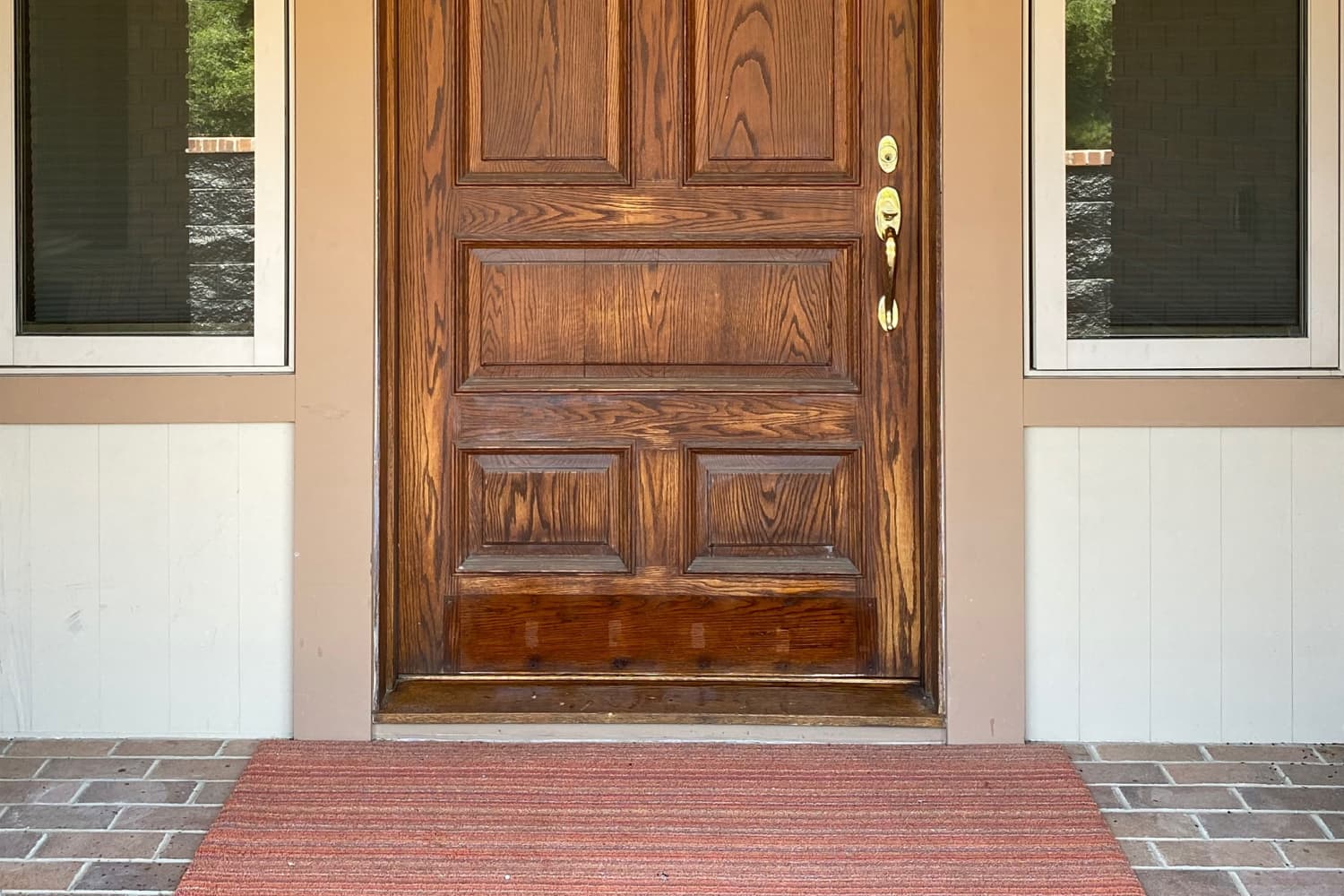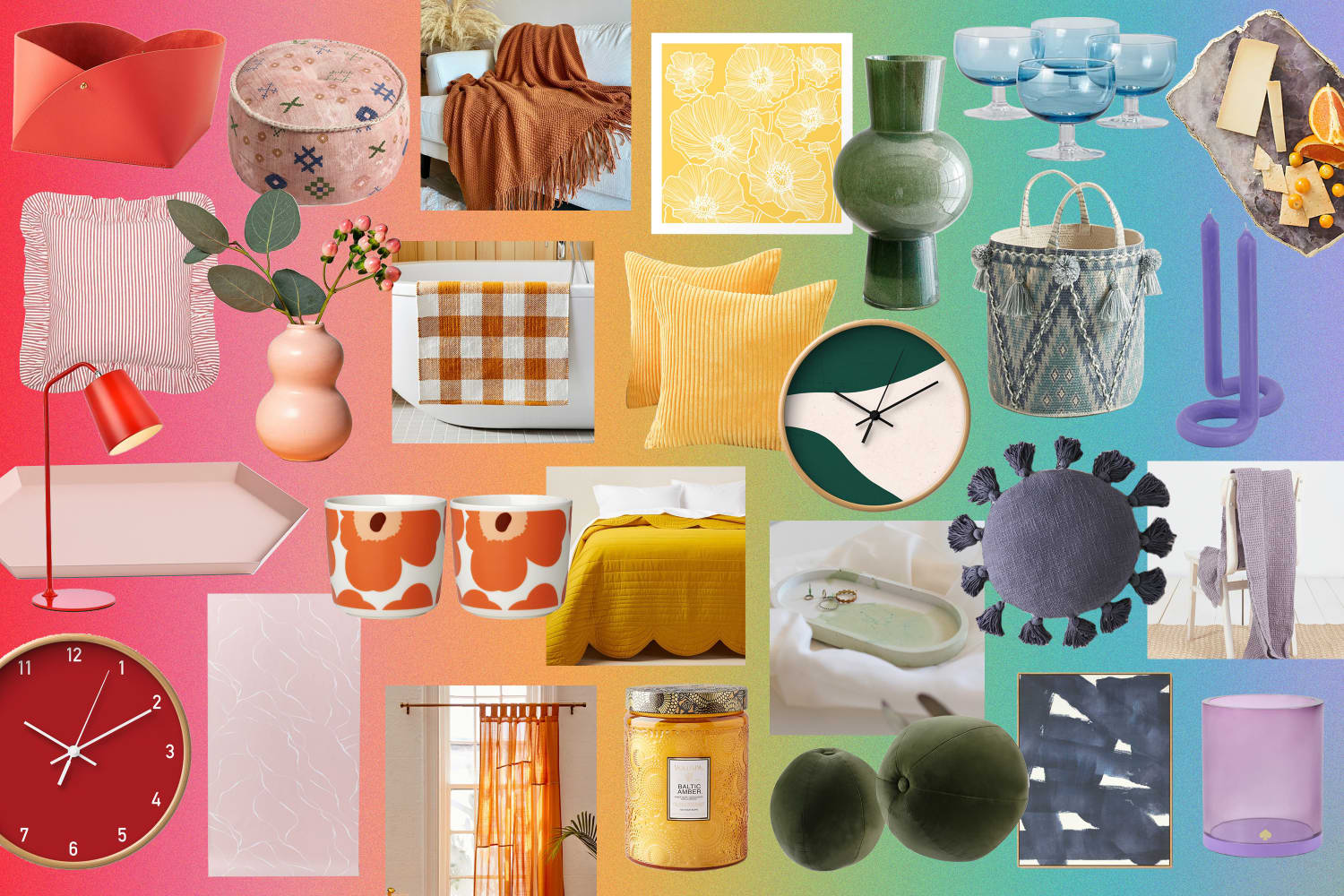10 Dark Green Color Pairings That Will Infuse Your Home with Organic Beauty
DesignFollow this topic by Lauren Wicks Lauren Wicks Lauren Wicks is a freelance writer and editor based in Birmingham, Alabama. She writes for brands such as VERANDA, Well + Good, Southern Living, and EatingWell, covering all things lifestyle from interior design to food to travel. published Now Dark green shades bring a delicate balance of … Read more
